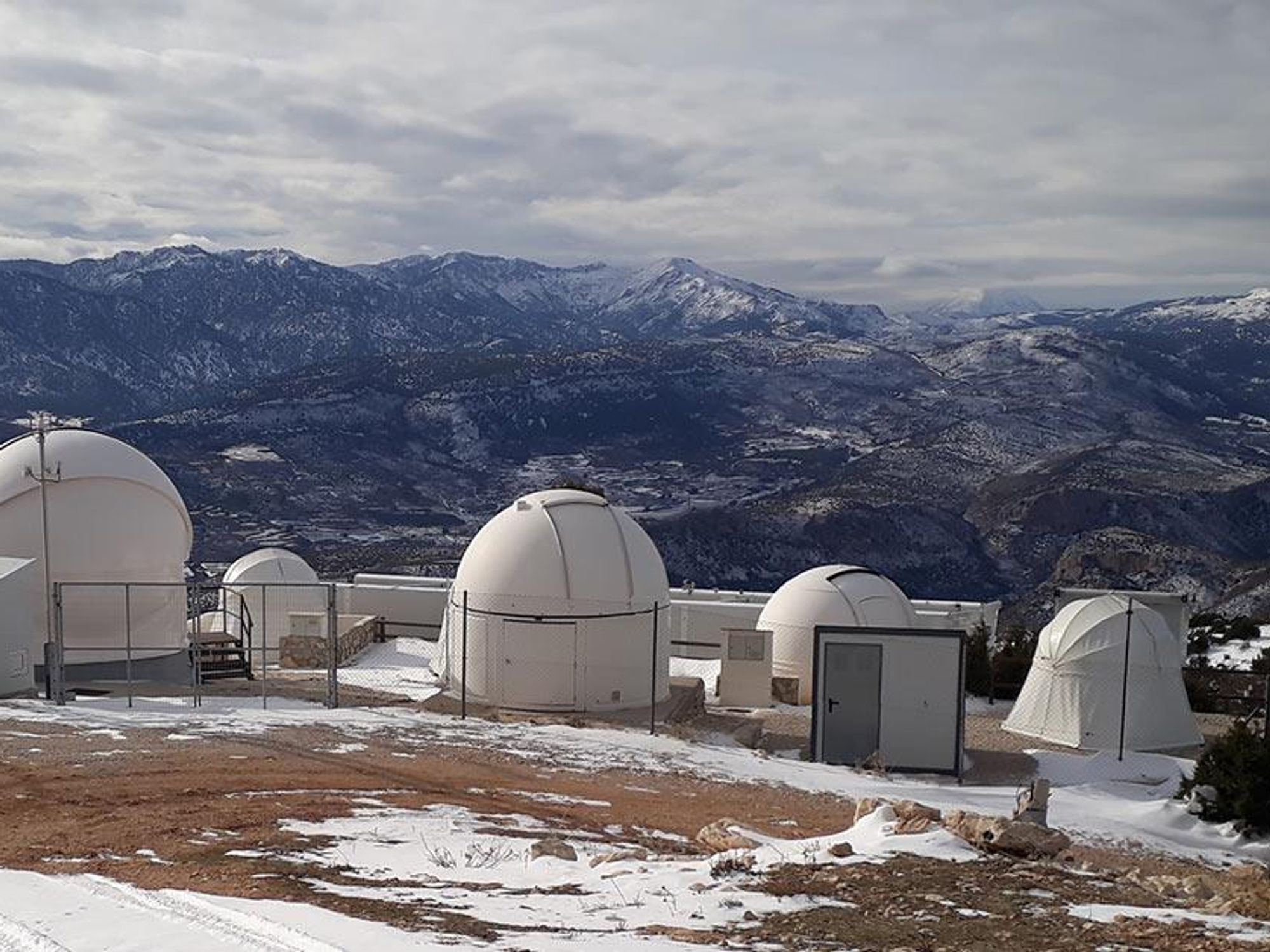Slingshot Aerospace Is Expanding Its Network of Telescopes, Making Data Tracking More Accurate
Samson Amore is a reporter for dot.LA. He holds a degree in journalism from Emerson College. Send tips or pitches to samsonamore@dot.la and find him on Twitter @Samsonamore.

Slingshot Aerospace, the El Segundo-based startup developing software for managing objects in space’s orbit, raised $40.9 million to build out its global network of sensors and recruit new customers both private and public.
The round was a follow-on to Slingshot’s $25 million Series A-1 raise in March.
Sway Ventures led the round. In a statement, general partner Najib Khouri-Haddad called the funding “an investment in the future of space as we know it.”
“The massive growth in space operations carries a significant risk as well as an opportunity,” Khouri-Haddad continued. “Slingshot has aggressively and creatively carved a path to build new technologies that solve critical challenges and greatly reduce risks in space.”
In addition to the round, Slingshot took out a venture loan with Horizon Technology Finance, but wouldn’t disclose the terms. Co-founder and CEO Melanie Stricklan said that she was impressed with Slingshot’s ability to raise not one, but two venture funding rounds in a year marked by economic uncertainty.
“Our successful funding round during a global economic downturn is validation that investors understand the urgent need for safe and sustainable spaceflight operations as activity in orbit outpaces current space traffic management constructs,” Stricklan said.
Stricklan isn’t wrong – Slingshot has raised roughly $83 million since its 2017 launch, and about $66 million of that was in funding rounds within the last year.
The CEO added that Slingshot will face “unprecedented opportunity” as more and more private and public firms launch satellites and crafts to orbit, as the demand for Slingshot’s technology (essentially an air traffic control system, built for space) increases.
Slingshot offers several products already, but one it is eager to build out is its Seradata SpaceTrak, a system that tracks objects in space. Right now, the space radar platform keeps an eye on some 10,000 manmade objects so that no unexpected collisions occur, and has already secured the U.S. Space Force as a client.
To do this, Slingshot has to also expand a network of highly-specialized telescope sensors, and it currently runs a network of over 20 worldwide. This latest round of funding will help Slingshot build out this network with the goal of making its tracking data even more accurate.
It is also likely that Slingshot will use this funding for future acquisitions. It’s not been shy about buying out a company that’s working on technology similar to its own. In August Slingshot bought Colorado-based Numerica Corp.’s space domain awareness division, which tracks satellites in orbit around the clock. That same month, Slingshot bought Seradata, a U.K. based orbital sensing company, which it folded into its SpaceTrak system.
Other investors in the Series A-2 funding round included new backer C16 Ventures. Existing investors ATX Venture Partners, Lockheed Martin Ventures, Valor Equity Partners, and Draper Associates also joined the round.
Stricklan previously told dot.LA she believes the overall space community is becoming more conscious of the effects their launches have on the orbital environment—a clear opportunity for Slingshot.
“The entire industry is concerned, especially with the careless disregard to space stewardship,” Stricklan said, noting that one turning point was a Russian anti-satellite test last year that created a significant portion of space debris. “It's caused a lot of folks to reconsider how they approach their operations on orbit through more of a sustainability lens. It’s pretty clear the world is on alert right now.”- Slingshot Aerospace - dot.LA ›
- Jeff Bezos Allowing Just Anyone Onto His Space Ships These Days ›
- Relativity Approaches Critical Tests In Its Quest To Challenge SpaceX ›
- Watch: 'Female Founders Stories' Featuring Slingshot Aerospace & Toucan ›
- Highlights From Techstars' 2022 Demo Day - dot.LA ›
Samson Amore is a reporter for dot.LA. He holds a degree in journalism from Emerson College. Send tips or pitches to samsonamore@dot.la and find him on Twitter @Samsonamore.




 Image Source: Tinder
Image Source: Tinder Image Source: Apple
Image Source: Apple